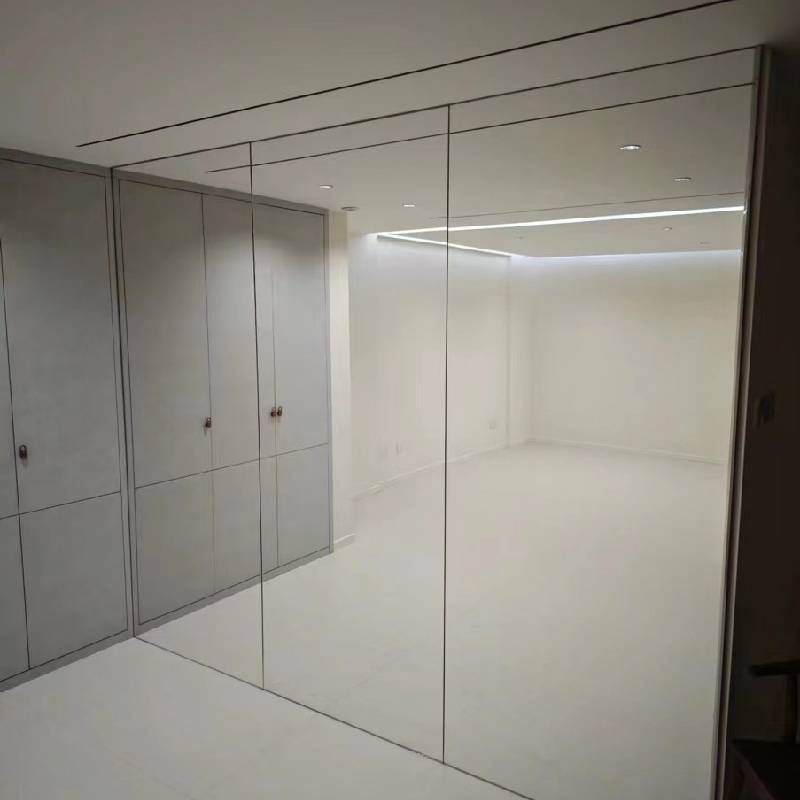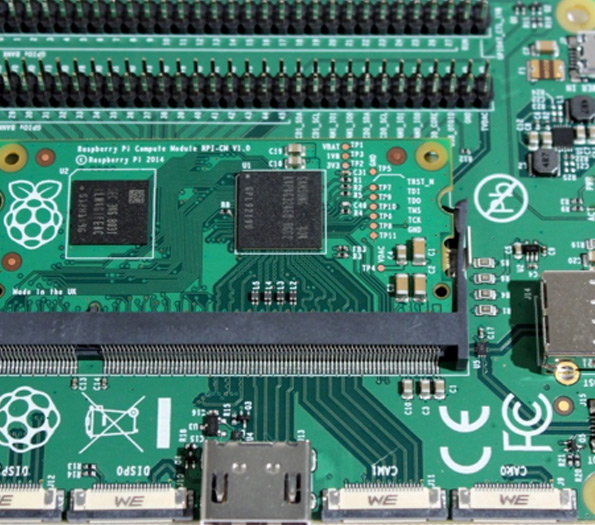Float glass, a staple in many industries, stands as a pillar in the creation of windows, mirrors, and various glass products, offering both versatility and reliability. Known for its flat surface and uniform thickness, float glass is renowned for its quality and is manufactured by floating molten glass on a bed of molten tin. Delving into the various types of float glass used in construction, automobile manufacturing, and interior design reveals an intricate world of specialized products each suited to different applications.

Clear Float Glass remains the most common and fundamental form, characterized by its transparency and clarity. Widely used in architectural applications, this type of glass is an ideal option for window panes in both residential and commercial buildings. Its clear complexion allows maximum light transmission, making it suitable for spaces that benefit from natural illumination. Known for its consistent quality and low iron content, this type improves energy efficiency in structures, reducing the need for artificial lighting during daylight hours.
Tinted Float Glass takes the functionality of clear float glass up a notch by adding color through metallic additions during production. It primarily aims to reduce glare and control solar energy absorption, thus enhancing the comfort within a building. Tinted float glass finds its place in climates where sun exposure is high, offering superior UV resistance and reduced cooling costs. Moreover, it adds an aesthetic dimension, with colors ranging from bronze and gray to greens and blues, allowing architects to play with visual appeal while meeting energy efficiency standards.

Reflective Float Glass combines a thin layer of metal oxide, offering superior heat insulation by reflecting a significant portion of solar radiation. Popular in building facades, it contributes to energy conservation and interior comfort by maintaining a stable indoor temperature regardless of outdoor conditions. This glass type not only enhances privacy by acting as a one-way mirror during daylight but also adds a sleek, modern look to buildings, making it a favored choice for skyscrapers and high-end offices.
types of float glass
Laminated Float Glass consists of multiple layers bonded with a polyvinyl butyral (PVB) interlayer, offering enhanced safety and security. In case of breakage, the glass fragments adhere to the interlayer, reducing the risk of injury. Highly regarded for its sound insulation properties, laminated float glass is indispensable in environments where noise reduction is a priority, such as urban residential projects and airport terminals. Its versatility also extends to automotive applications,
where it ensures safety and comfort for passengers.
Low-E (Low Emissivity) Float Glass features a microscopic, invisible coating that manages heat transfer through glass. Its primary function lies in improving energy efficiency by reflecting heat back into the room, thus helping maintain a comfortable indoor environment during colder months. In regions with significant temperature variations, Low-E glass contributes to a reduced carbon footprint and significant utility savings, underscoring its importance in sustainable building practices.
Tempered Float Glass undergoes a rapid heating and cooling process that increases its strength multifold compared to regular float glass. Its robustness makes it ideal for high-impact areas prone to stress, such as shower doors, glass partitions, and stair railings. Additionally, when broken, it shatters into small, blunt pieces, minimizing injury risk, which is why it's favored in areas with safety considerations.
The underlying versatility of float glass lies in its adaptability to diverse applications through these types, each with its unique properties tailored to specific needs and environments. Selecting the appropriate type not only hinges on the intended application but also on factors such as climate and aesthetic preferences. This fundamental material continues to propel innovation, formulating a cornerstone in sustainable architecture and modern design, marking it essential in the evolution of energy-efficient and aesthetically pleasing structures.



